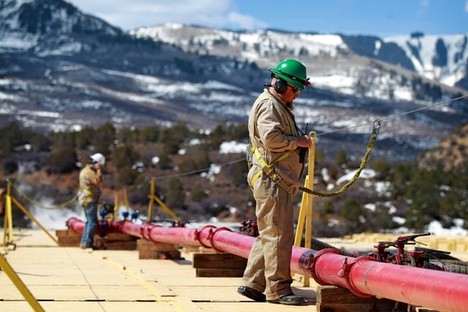 “Dan Shapiro playing Robot Turtles with his children. He designed the game to be a stealth lesson in basic computer programming.” Source of caption and photo: online version of the NYT article quoted and cited below.
“Dan Shapiro playing Robot Turtles with his children. He designed the game to be a stealth lesson in basic computer programming.” Source of caption and photo: online version of the NYT article quoted and cited below.
(p. A1) MERCER ISLAND, Wash. — Dan Shapiro sold a company to Google and worked at Microsoft. His name is on nearly a dozen technology-related patents.
But when it came time for his latest venture, Mr. Shapiro turned to technology to produce something decidedly low-tech: a board game for children.
Technology, by all rights, should have killed old-fashioned games, which can never equal the eye-popping graphics, visceral action and immense online communities of today’s video games. Yet the opposite has occurred. Largely because of new technologies, there has been a creative outpouring of games by independent designers like Mr. Shapiro.
“It has unlocked a whole generation of innovative gameplay experimentation that just wasn’t feasible before,” he said.
New tools now power the creation of tabletop games — many in the strategy or fantasy genres — from idea to delivery. Crowdfunding sites provide the seed money and offer an early gauge of demand. Machines like 3-D printers can rapidly create figurines, dice and other prototype game pieces. And Amazon, the online retail giant, can handle shipping and distribution, cutting out the need for middlemen.
Sales have followed. While the video game business long ago (p. B4) eclipsed its low-tech cousin, sales of tabletop games have continued to grow. Sales at hobby stores in the United States rose 15 to 20 percent in each of the last three years, according to ICv2, a trade publication that tracks the business. Amazon says board game sales increased by a double-digit percentage from 2012 to 2013.
On Kickstarter, the crowdfunding service, in which users can pledge money to finance projects, the amount raised last year for tabletop games exceeded the amount for video games, $52.1 million to $45.3 million.
For the full story, see:
NICK WINGFIELD. “High-Tech Push Has Board Games Rolling Again.” The New YorkTimes (Tues., MAY 6, 2014): A1 & B4 (sic).
(Note: the online version of the story has the date MAY 5, 2014.)





